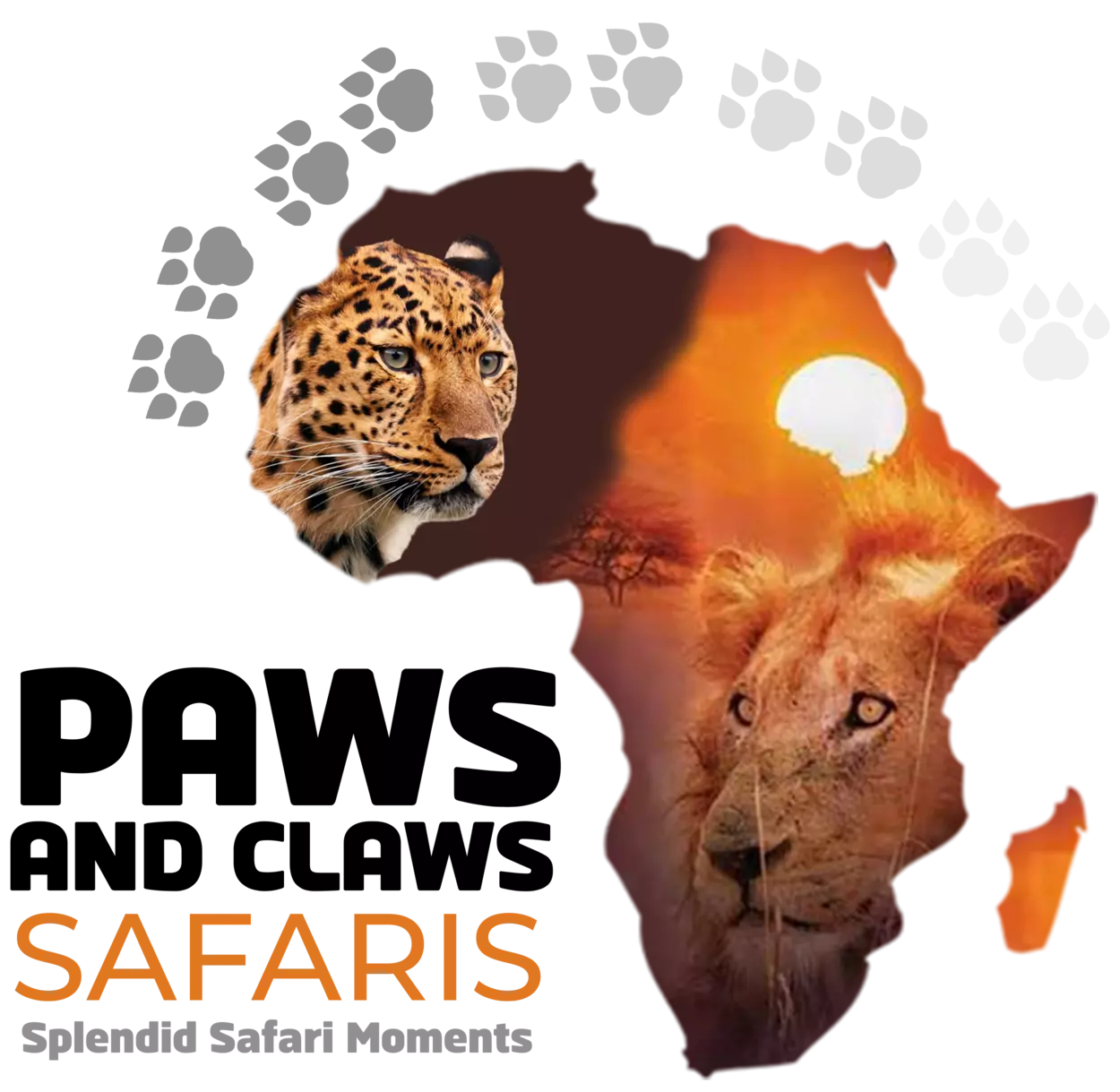Overview of Ngorongoro Crater
Ngorongoro Crater is a natural haven for wildlife. This UNESCO World Heritage Site is the heart of the Ngorongoro Conservation Area, established in 1959 to protect its diverse wildlife and semi-nomadic Maasai pastoralists.
Ngorongoro Crater is a geological marvel, formed over two million years ago by the collapse of a massive volcano. Today, its crater floor is home to a breathtaking array of wildlife, including the highly endangered black rhino, lions, leopards, elephants, buffalo, zebras, wildebeest, and cheetahs. Ngorongoro is also home to a diverse range of bird species, including flamingos, ostriches, and eagles.
The crater's unique ecosystem is supported by a variety of habitats, including grasslands, forests, and wetlands. This diversity of habitats allows a wide range of wildlife to thrive, from the grazing herbivores that support the carnivores to the aquatic birds that flock to the crater's lakes.
Ngorongoro Crater is a testament to the importance of biodiversity conservation. Its diverse wildlife is a source of wonder and inspiration for people from all over the world.
